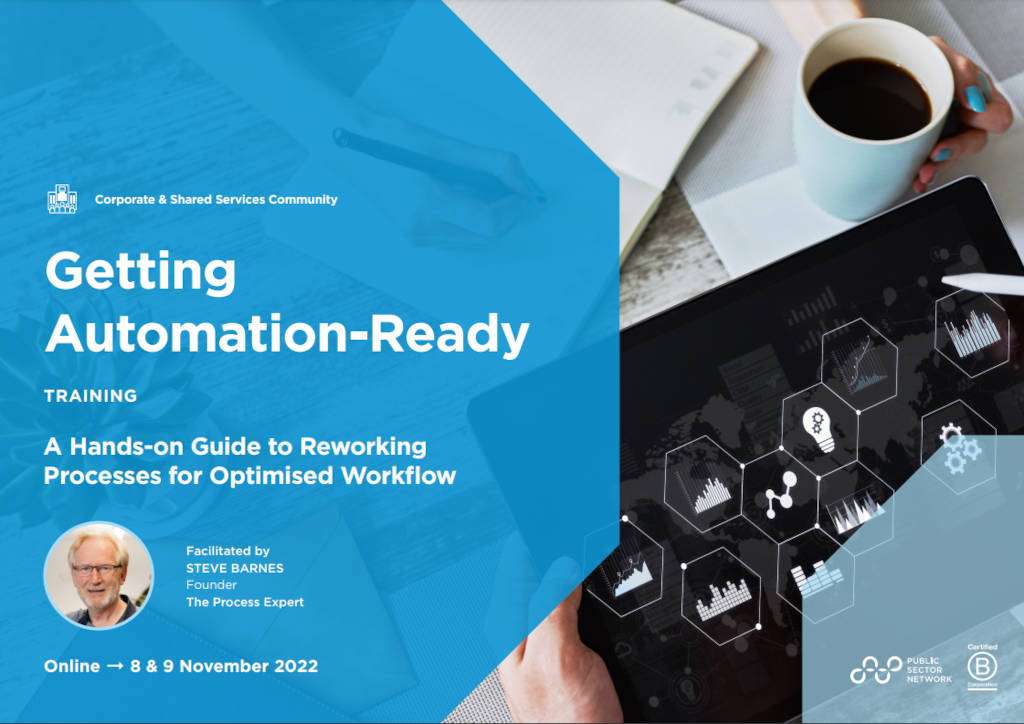A Capillary Performance Example
The shower in our house is inconsistent. The water pressure has a capillary action. Because we’re in the country, we are not on mains water, and have a pump that takes water from the water tanks to the house. That pump gets the pressure up and the user experience is wonderful ; but when it thinks it’s up to pressure it takes a bit of a break and the pressure drops. It then comes back when it realises there’s a performance problem! It does this in roughly twenty second cycles. The point is the performance goes up and then it erodes, goes up and then it erodes. It’s a cycle, and it’s not a good one. When there’s a performance problem, a rectification kicks in again, but overall it’s not a good ride. My shower could be better!!!
Capillary Action Business Performance
Some businesses are like that. They realise that they are not doing well, and they have an improvement effort. It’s cyclical, and more like twenty months than twenty seconds. These days the push mainly involves systems implementation; often called a ‘technology refresh’. Organisations get themselves new applications and do their best to stitch things together point to point to make what they have selected work as an eco-system. Many times they just look at the kind of applications they already have, do software upgrades or Dynamics, Sugar CRM or whatever. I have seen this time and time again. That improvement cycle is largely a reaction to performance problems that come about because of lack of planning and not having a culture of continuous improvement. What I see is that they put bandaids on when things aren’t going well, but then when it comes to the big improvement effort to get the pressure up again, they are really looking at improving the current systems, replacing the current applications with like kind and they’re not thinking about how their business needs to work in a more ideal sense so they can address the problems properly.
The Way To Improve Your Business
The only way to improve your business, and solve the problems properly is to be strategically driven, using a business model that links strategy to organisation, processes, information, locations and business events. If you have a business model that expresses what you really want across these dimensions, it will help you solve the performance problems. It will drive everything.
Pull The Bandaids Off!
If you’ve got your eyes on your business model all the time and you are committed to realising it, that starts to solve the capillary action! It starts to mitigate the big efforts at replacing applications, putting bandaids on to keep going, and it starts to make everything that you do not as much about patching problems, but a focused effort to realise your business strategically. That’s really important because your business model carries your competitive advantage. Your business model comes from strategy, and that strategy determines where you sit in the market, what you are concentrating on – whether it is customer intimacy, product and service superiority or efficiency so you can compete on price.
The Importance Of Both Strategic and Operational Viewpoints
My training will help you consider the way your organisation should really work, how your business model manifests in your applications, in your integrations and in your processes; even in the way that you regard application refresh projects. I will nor only give you a helicopter view of strategy, people, processes, applications and technologies; but also help you to dive down into strategically driven integrations and process automations! It’s a great ride.
Book In For My Course
I encourage you to book in for my ‘A Hands-on Guide to Reworking Processes for Optimised Workflow’ course through Public Sector Network . We will cover some of these topics and you will be delighted with the knowledge you gain, the tools I place in your hand and the ability you will have to communicate to colleagues. Here is the course brochure






